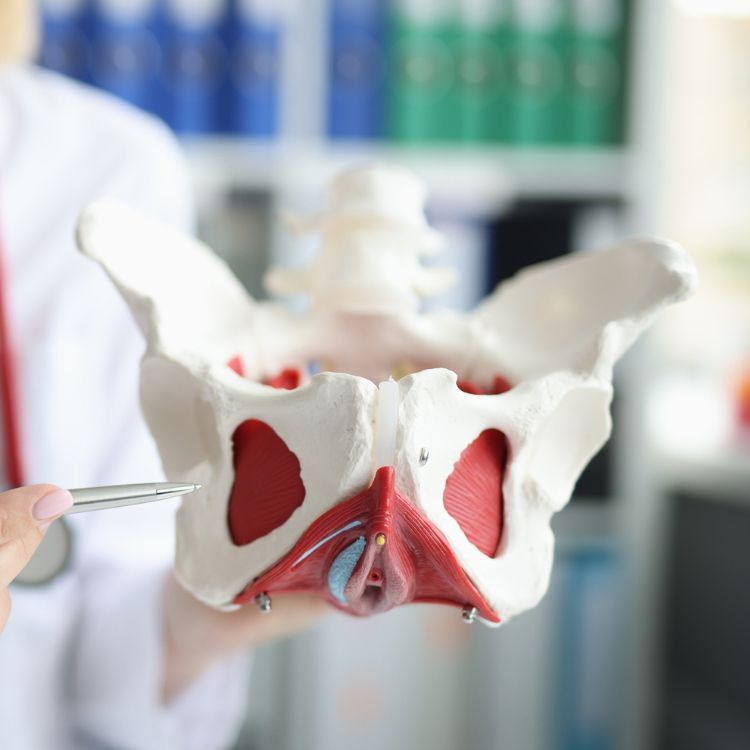What Is Pelvic Pain?
Pelvic pain refers to discomfort that occurs in the lower abdomen or pelvis. It can range from a dull ache to sharp, severe pain. The pain can be constant or intermittent and may be associated with other symptoms like bloating, painful urination, or difficulty with sexual activity.
Common Causes of Pelvic Pain
There are several potential causes of pelvic pain, including:
- Menstrual Pain (Dysmenorrhea) – Many women experience pelvic pain related to their menstrual cycle. This is often caused by uterine contractions during menstruation.
- Pelvic Inflammatory Disease (PID) – An infection of the female reproductive organs, PID can cause pelvic pain, often accompanied by fever and unusual discharge.
- Endometriosis – A condition where tissue similar to the lining of the uterus grows outside of it, causing severe pelvic pain, especially during menstruation.
- Ovarian Cysts – These fluid-filled sacs can form on the ovaries and may cause pain, particularly if they rupture or become twisted.
- Urinary Tract Infections (UTIs) – A UTI can cause pelvic pain, along with burning during urination and frequent urges to go.
- Irritable Bowel Syndrome (IBS) – IBS can lead to abdominal cramping, bloating, and pelvic pain, often worsened after eating.
- Muscle Strain or Injury – Sometimes, pelvic pain may stem from strained muscles or injuries from activities like exercise, childbirth, or heavy lifting.
- Prostatitis – In men, pelvic pain can be caused by inflammation or infection of the prostate, leading to discomfort in the pelvic region.
- Chronic Pelvic Pain Syndrome – Some individuals experience pelvic pain without a clear or identifiable cause. In these cases, pain may persist for months or even years.
When to Seek Medical Help
If you’re experiencing pelvic pain that doesn’t go away, is severe, or is accompanied by other symptoms like fever, nausea, or changes in bowel or urinary habits, it’s important to seek medical attention. A healthcare provider can help determine the cause and guide you toward appropriate treatment.
Treatment Options for Pelvic Pain
Treatment for pelvic pain depends on its cause. Some common treatment options include:
- Medications – Over-the-counter pain relievers like ibuprofen can help manage mild pain, while prescription medications may be necessary for more severe or chronic pain.
- Physical Therapy – For pain related to muscle strain or pelvic floor dysfunction, physical therapy can help strengthen muscles and improve movement.
- Hormonal Therapy – For conditions like endometriosis, hormonal treatments like birth control or other medications can reduce pain and regulate menstrual cycles.
- Surgery – In some cases, surgical intervention may be needed to treat conditions like ovarian cysts, endometriosis, or severe pelvic infections.
- Lifestyle Changes – Managing stress, avoiding triggers like certain foods, and incorporating gentle exercise can often help ease pelvic discomfort.
Tips for Managing Pelvic Pain at Home
While it’s important to work with a healthcare provider for a clear diagnosis, here are a few ways to manage pelvic pain on your own:
- Apply Heat or Cold – Using a heating pad or warm bath can help relax muscles and ease pain, while cold packs can reduce inflammation.
- Practice Relaxation Techniques – Techniques like deep breathing, meditation, or yoga can help manage stress, which in turn may reduce pain.
- Stay Active – Light exercise, like walking or swimming, can keep the pelvic muscles engaged and help improve blood circulation.


